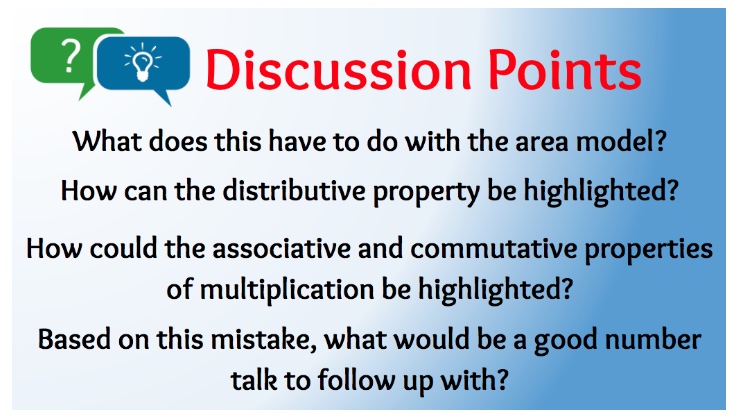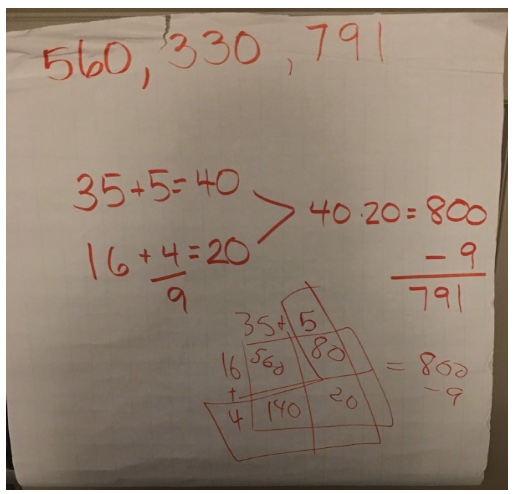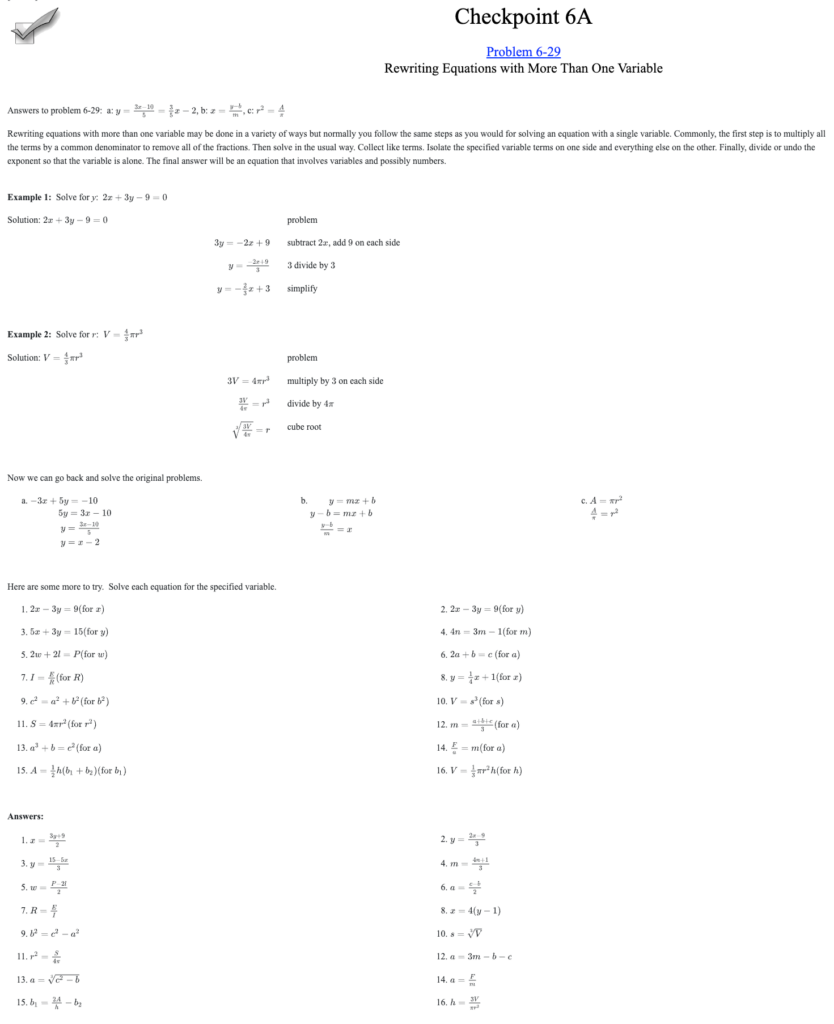Pam Lindemer, Rockford, MI pamlindemer@cpm.org
Fall is my favorite season, primarily because it is when everyone goes back to school. My students and I begin the year with a clean slate. The possibilities are endless and with the right classroom culture, the sky is the limit. I am a big fan of Number Talks as an aide to establishing the right classroom culture. Not only do they help students build number sense and fluency, but also when teachers use Number Talks, they model their expectations for classroom discourse and culture.
I was initially reluctant to implement Number Talks because of the uncertainty that comes when students are allowed to share their strategies. What if I am unable to make sense of the ideas that a student decides to share? I have come to learn that this concern is greatly diminished by properly planning for every Number Talk. Part of that planning includes anticipating student responses. I had the good fortune of being able to share my passion for Number Talks with a group of teachers in San Francisco at the CPM National Conference last February. We were preparing to anticipate student responses to the prompt: 16 x 35. I shared the problem with my colleagues and asked them to solve it using mental math. I would like for you to solve the problem yourself now, before reading any further.
I asked for answers from the group and their responses were 330, 560, and 791. At this point we worked in pairs to come up with the thinking that lead to each response. The next step was to come up with a way to visually represent the thinking that we identified. If you would like, take a moment now to think about each response. What thinking lead to each answer.
I was feeling quite confident with the thinking that had lead to answers of 560 and even 330, but the response of 791 stumped me! Everyone at the session that morning struggled with the response, but no one was able to come up with the thinking that led to 791. While Sal, my colleague who offered up the response, was working diligently with his partner to make sense of his strategy, the rest of us were very curious and becoming more and more anxious to hear the thinking that lead to his answer.

When Sal was ready to share, we all listened eagerly as he explained his strategy. Sal had decided to use friendly numbers, numbers that would be easier to multiply. He rounded 16 up to 20 and 35 up to 40.
16 + 4 = 20
35 + 5 = 40
Sal then did the easier problem.
20 x 40 = 800
When rounding up to the friendly numbers, Sal added 4 and 5.
4 + 5 = 9
He then subtracted 9 from his product.
800 – 9 = 791
We all now understood how Sal had arrived at an answer of 791. Friendly numbers are a common problem solving strategy. WHY didn’t they work in this case? The area model provided just the framework Sal needed to help us make sense of what went wrong. Sal’s mistake was fascinating, exciting and thoroughly engaging.

Value mistakes as ideas worth talking about.
~Jo Boaler
I am inspired by teachers like Sal, and the others who joined me in that session on Number Talks last February. We did not shy away from the mistake, we faced it head on and I know that I am a better teacher because of that experience. Number Talks present teachers with an opportunity to model the way we want mistakes to be handled in our classrooms. I want my classroom to look like that session on Number Talks last February. I am looking forward to my first day of school and sharing my passion for Number Talks with a new group of students. If you have not tried Number Talks in your classroom, what are you waiting for?


